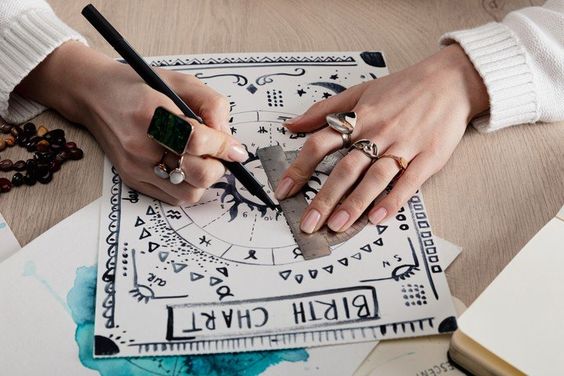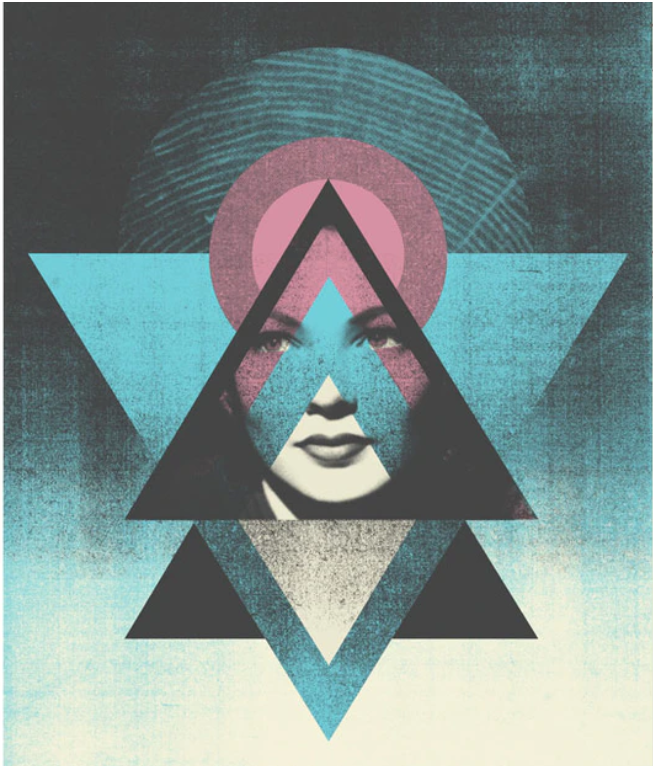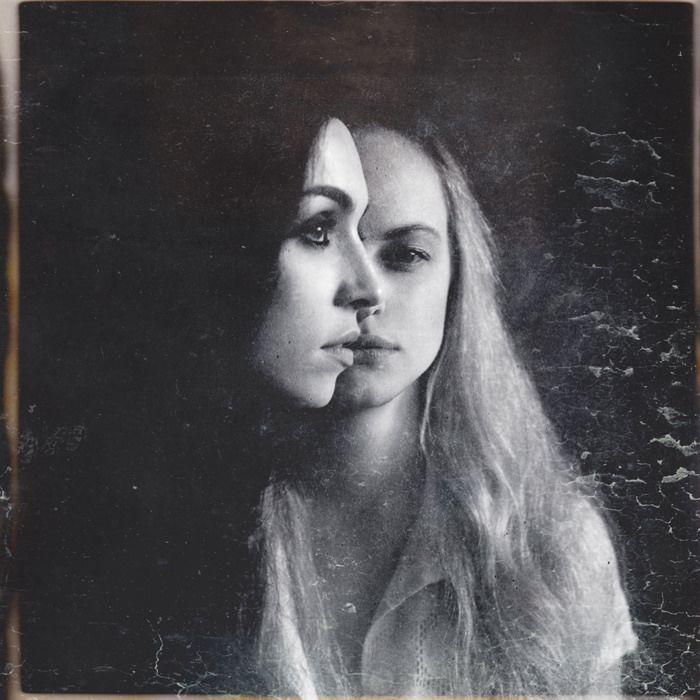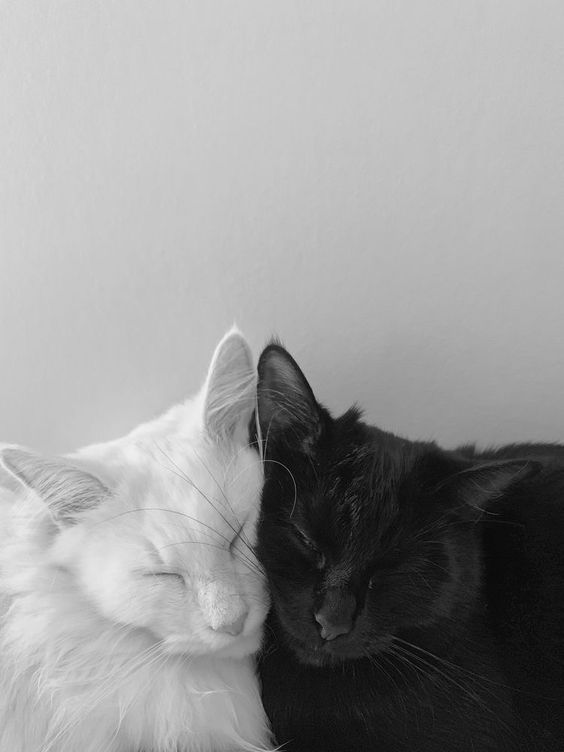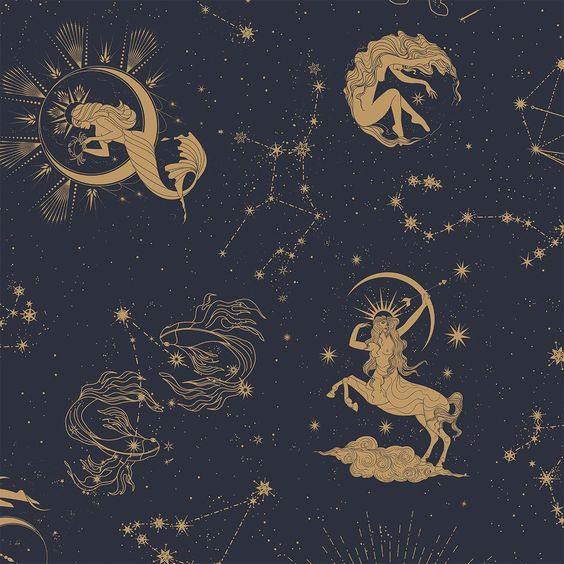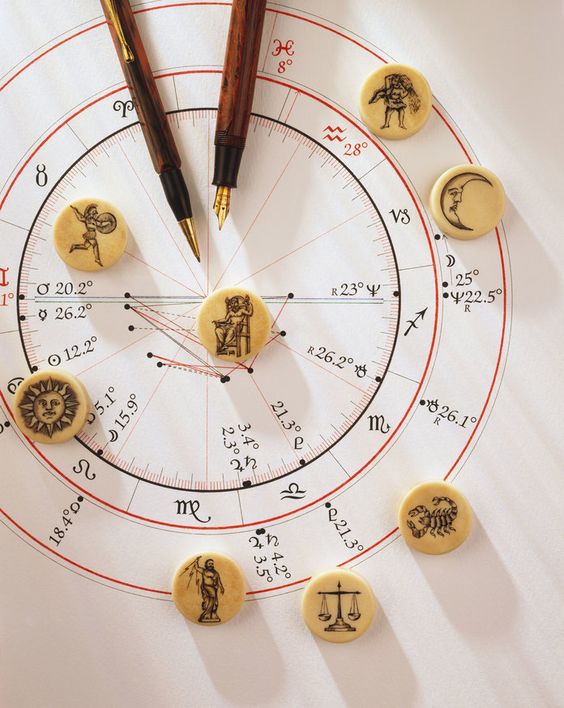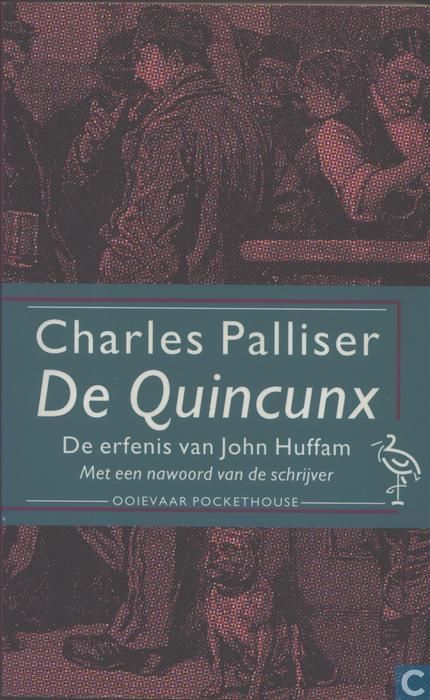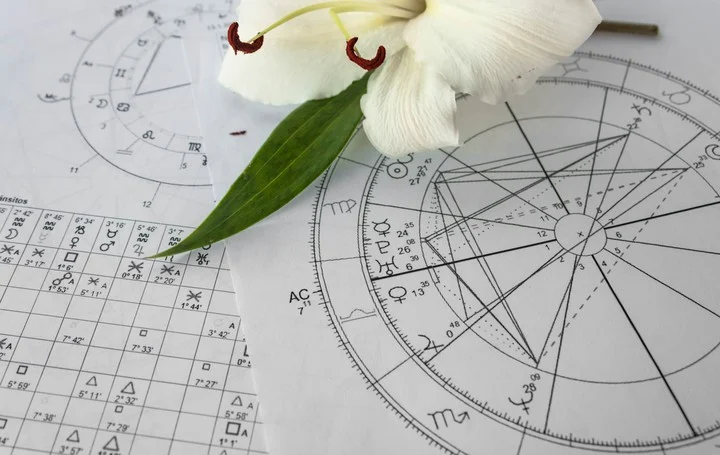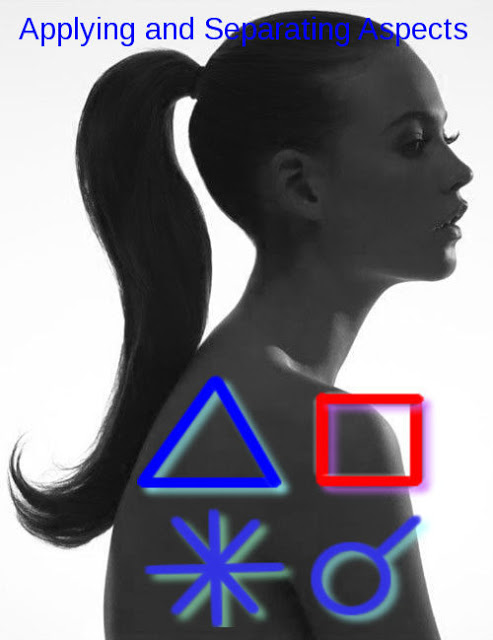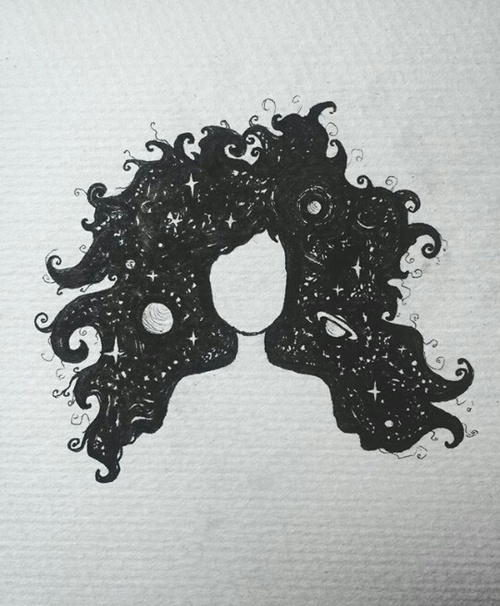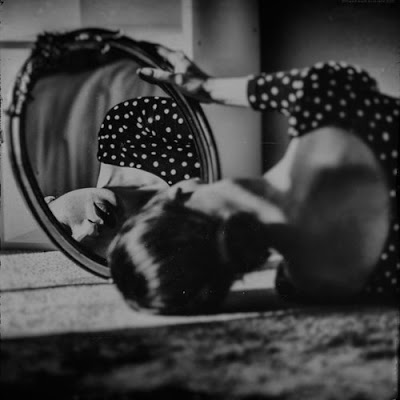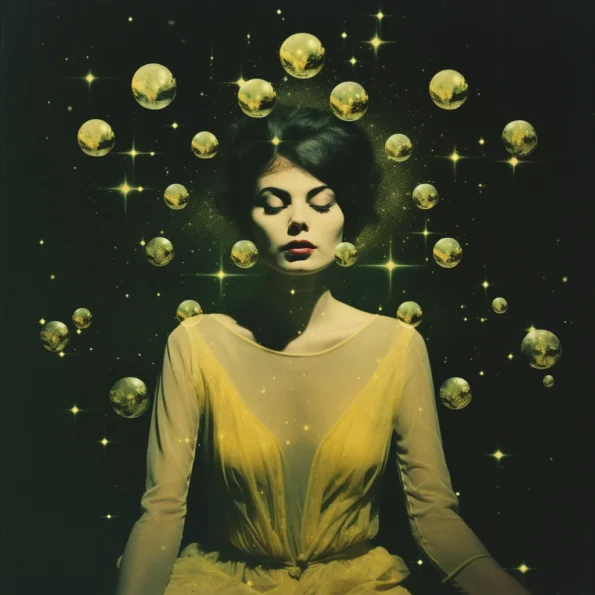 In astrology, the orb refers to the allowable range of degrees within which a planetary aspect is considered effective and influential. Different astrologers have varying opinions on the size of orbs for major aspects in natal astrology, leading to a spectrum of practices in the field. The conventional approach involves using tighter orbs, typically in the range of 5 to 6 degrees, for major aspects like conjunctions and oppositions. This school of thought suggests that a smaller orb creates a more precise and focused interpretation, emphasizing the intensity and immediacy of the aspect.
In astrology, the orb refers to the allowable range of degrees within which a planetary aspect is considered effective and influential. Different astrologers have varying opinions on the size of orbs for major aspects in natal astrology, leading to a spectrum of practices in the field. The conventional approach involves using tighter orbs, typically in the range of 5 to 6 degrees, for major aspects like conjunctions and oppositions. This school of thought suggests that a smaller orb creates a more precise and focused interpretation, emphasizing the intensity and immediacy of the aspect.
On the other hand, there are astrologers who adopt a more lenient stance, allowing for larger orbs, often up to 8 degrees, to account for a broader and more encompassing perspective. This approach acknowledges a wider range of influence for planetary aspects, potentially capturing more nuances in the individual’s chart. Astrologer Liz Greene takes an even more expansive approach, utilizing a 10-degree orb for major aspects and a 6-degree orb for sextiles in her calculations. This broader range allows for a more inclusive interpretation, considering a greater span of celestial influence in the individual’s astrological profile. Furthermore, Greene extends her degree system to transiting planets and the aspects they form. This approach implies that not only natal aspects but also the ongoing celestial movements play a role in shaping an individual’s experiences and challenges.
In contrast, Reinhold Ebertin advocates for a more stringent application of orbs. According to Ebertin, to yield accurate and meaningful results, it is essential to drastically shrink the orb of aspects. This approach emphasizes precision and specificity, suggesting that a narrow orb ensures a more focused and impactful astrological analysis. In certain cases, when a conjunction or opposition appears exceptionally potent in a person’s chart, some astrologers may choose to extend the orb, sometimes up to 12 degrees. This adjustment is a nuanced approach, acknowledging that certain configurations may exert a profound influence even beyond the conventional orb limits.
In essence, the debate over orb size in astrology reflects the diverse philosophical perspectives within the astrological community. Some prefer a tighter focus for a more precise analysis, while others opt for a broader approach to encompass a wider range of influences. The choice of orb size ultimately depends on the astrologer’s personal philosophy and the interpretive framework they find most resonant and effective.
In regards to the planetary orbs in transit, Jeff Green had this to say:
I use 5 degrees for transits. Prior to the actual aspect to a planet, or to the exact crossing of a house cusp or angle, one is given the opportunity to prepare for the issues that will be occurring. These opportunities are associated with premonitions and or “forebodings” about the “things to come.” Externally signs or events of what is to come can manifest themselves on a very tentative basis…Of course, many individuals dismiss these signs, pay no attention to them, or are simply confused as to their significance and meaning. For those who have been travelling the path of realization the capacity to understand and interpret these events and signs can help them prepare for what is to come. At minimum these events and signs will catch their attention and they will attempt to understand what they portend for the future. Thus, some kind of preparation will occur. Jeff Green
Tight Astrological Orbs
The choice of orb size in astrology, whether for natal aspects or transiting planets, often reflects a balance between precision and practicality. The application of narrow orbs for transiting planets, sometimes as small as one degree, can be attributed to a desire for a more immediate and focused analysis of the astrological influences at play. However, it’s important to note that there is no universally agreed-upon standard for orb sizes, and different astrologers may have varying approaches based on their methodologies and personal preferences.
The rationale behind using a narrow orb for transiting planets, especially fast-moving ones like Mercury and Mars, is rooted in the idea that these transits have a relatively short duration. Faster-moving planets can create fleeting but impactful moments, and using a smaller orb allows astrologers to pinpoint the specific timeframe when the planetary influence is most pronounced.
When dealing with natal aspects, the commonly accepted orb for major aspects is wider, typically around 8 degrees. The broader range allows for a more encompassing interpretation of the long-term dynamics between different planets in the natal chart. On the other hand, the application of wider orbs for transits of slower-moving planets, such as Jupiter, Saturn, Uranus, Neptune, and Pluto, aligns with the belief that these transits correspond to more significant and transformative life events. The slower orbital periods of these planets mean that their transits have a more prolonged impact on an individual’s life, and therefore, a wider orb is considered appropriate to capture the gradual unfolding of these influences.
Neptune and Pluto, being the slowest-moving planets, are often associated with deep and transformative experiences that can manifest over an extended period. Hence, using a wider orb for these transits acknowledges the broad and profound nature of their influence on an individual’s spiritual, psychological, and evolutionary journey.
Astrological Patterns says,
Many astrologers use wider orbs; they allow up to 14 degrees for aspects involving the Sun or moon, and 10 degrees for planets in aspect to each other. In the authors combined experience of eighty-four years in counseling and teaching, they have observed subtle leanings with these wide orbs; however, they are not overtly active or expressed in the life. The more exact the aspect, the stronger will be the expression of that which is promised in the aspect.
Liz Greene says,
The wider the orb the greater the flexibility and room to maneuver. So you feel the aspect at 10 degrees, but it will be much more intense if the aspect is within a couple of degrees.


